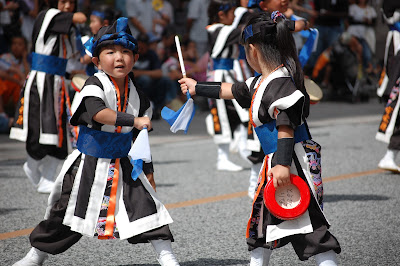Japan is known throughout the world for their unique artistic styles. Historically, Japanese art styles have covered a wide range of distinctive media including pottery, woodblock, silk, paper and ink. When I moved to Japan I was introduced to another, more contemporary style that I am quickly growing to love. The medium is quite interesting and always unique to the person it is created for. Sadly, however, these works of art are only temporary, always getting chipped away by the hands of time. To me, this only adds to its allure. I am, of course, referring to the skillful craft of nail art.
Extreme nail art from 2009 Tokyo nail art expo
When you first arrive to the nail salon/art studio, you are given booklets with page after page of nail art designs to choose from. I’ve made some difficult decisions in my life before, but nothing as difficult as this. I usually spend far too much time seriously deliberating over the designs. They have every design you could imagine, and some that you probably couldn’t. Whether you are craving feminine flowers, over-the-top glam, or perhaps a smiling Hello Kitty, the design book has everything.
My favorite nail salon/art studio in Okinawa
Once you find the resolve to select a design, the real magic begins. The artist goes to work with expert precision and the end result is truly a work of art. I can barely paint my toes one color without getting nail polish all over the place let alone a design. But time after time, they turn out impressive toe masterpieces.
Two of my most recent works of art
I hear nail art is becoming popular back in the States as well. All it took was a couple of celebrities to sport the artistic style in magazines to encourage others to partake. Hopefully by the time I get back, it will be widely available so I won't have to suppress my artistic side.














